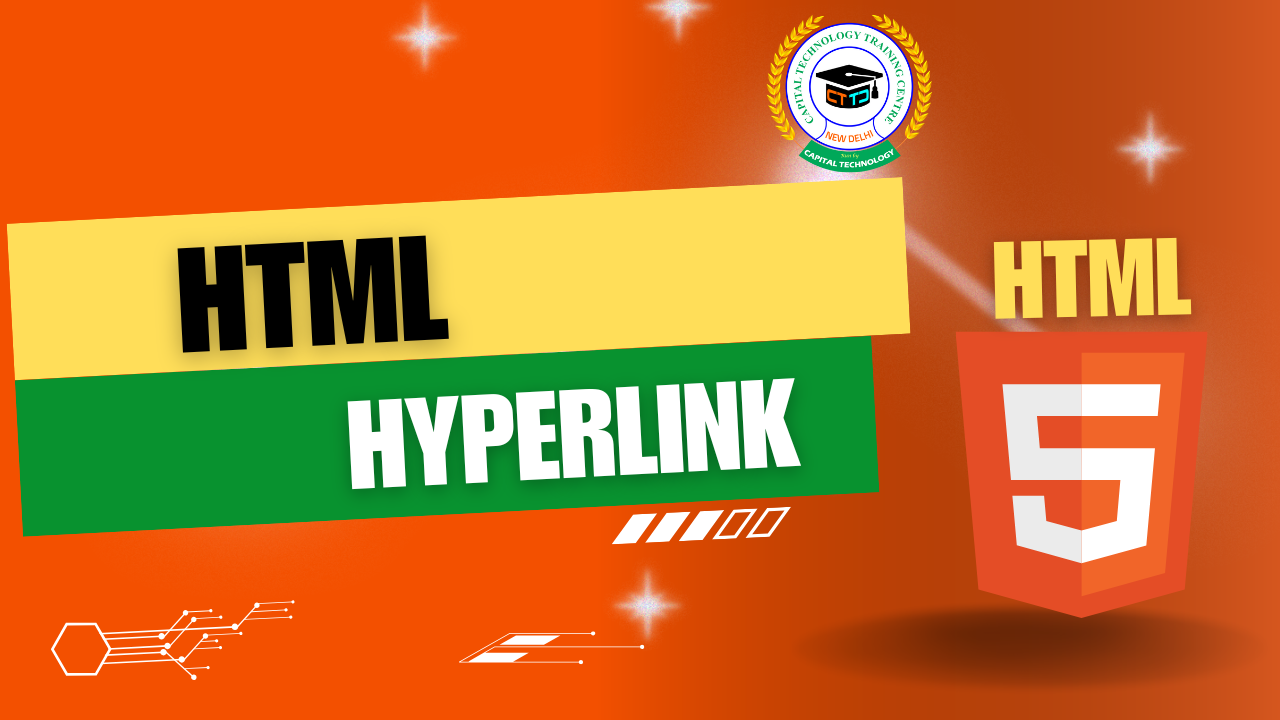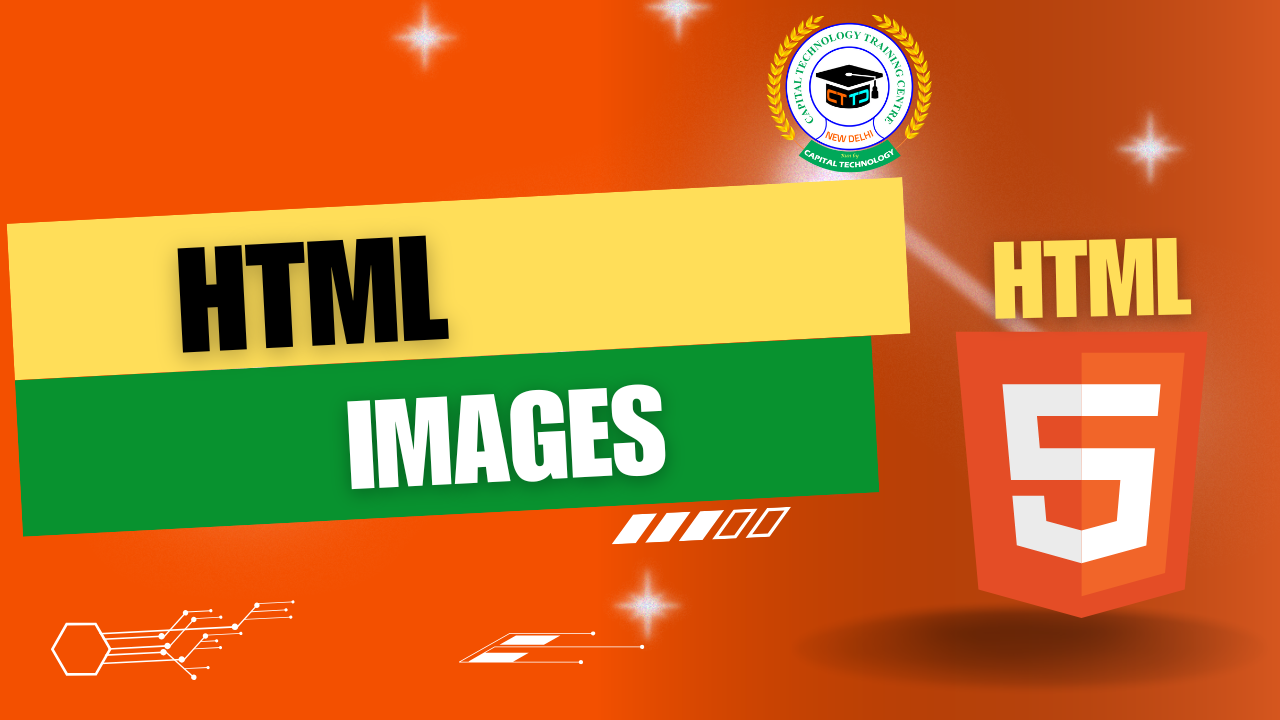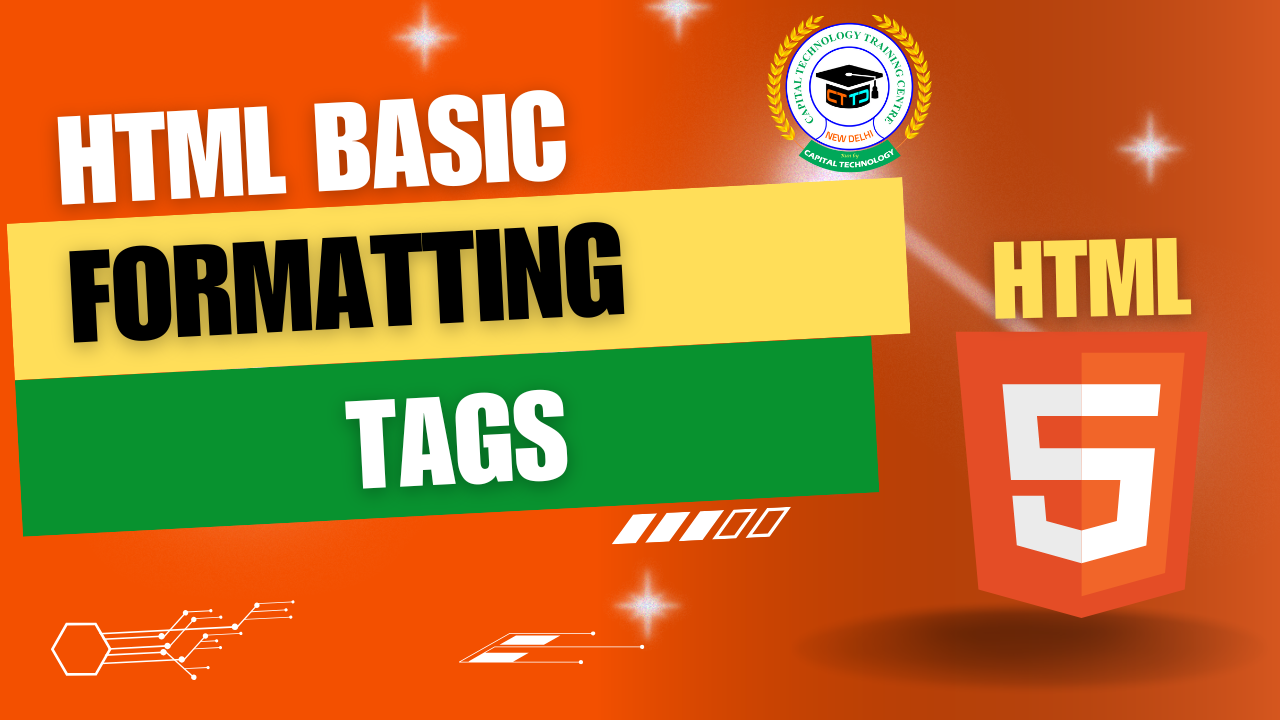– Connecting the Web, One Link at a Time
One of the most powerful features of the internet is the ability to connect information across different pages and websites — and HTML hyperlinks are the tool that makes this possible. Hyperlinks let users jump from one page to another, navigate a website, or even download files.
In this blog, we’ll cover:
- What hyperlinks are
- The role of URLs in links
- URL encoding
- The importance of hyperlinks in web design
What is a Hyperlink in HTML?
A hyperlink is a clickable element (usually text or an image) that directs the user to another location — which could be another page, section, website, or even a file.
HTML uses the <a> (anchor) tag to create hyperlinks.
✅ Basic Syntax:
html
CopyEdit
<a href=”https://www.example.com”>Visit Example</a>
- href: This attribute holds the URL (Uniform Resource Locator) of the page or file you want to link to.
- The text between <a> and </a> is what the user sees and clicks.
Types of Hyperlinks
- Absolute URL
- Links to an external website or full web address.
html
CopyEdit
<a href=”https://www.google.com”>Google</a>
- Relative URL
- Links to another page within the same website.
html
CopyEdit
<a href=”about.html”>About Us</a>
- Anchor Link (Jump Link)
- Takes the user to a specific section of the same page.
html
CopyEdit
<a href=”#contact”>Go to Contact Section</a>
- Email Link
html
CopyEdit
<a href=”mailto:info@example.com”>Email Us</a>
- Telephone Link
html
CopyEdit
<a href=”tel:+1234567890″>Call Now</a>
What is a URL?
URL (Uniform Resource Locator) is the address of a resource on the internet. Every time you click a hyperlink, your browser uses a URL to locate and open the target page.
✅ Example URL Breakdown:
arduino
CopyEdit
https://www.example.com/products/item.html
| Part | Meaning |
| https | Protocol |
| www.example.com | Domain name |
| /products/item.html | Path to the resource |
What is URL Encoding?
URL Encoding is the process of replacing unsafe or special characters in a URL with % symbols followed by hexadecimal code.
Example:
arduino
CopyEdit
https://www.example.com/search?q=smart watch
Becomes:
perl
CopyEdit
https://www.example.com/search?q=smart%20watch
- The space is replaced with %20
- URL encoding is essential for query strings, form submissions, and special characters
Adding Target Attribute
You can control how a link opens using the target attribute:
html
CopyEdit
<a href=”https://www.example.com” target=”_blank”>Open in New Tab</a>
| Attribute | Description |
| _self | Default – opens in same tab |
| _blank | Opens in a new tab or window |
| _parent | Opens in parent frame |
| _top | Opens in full browser window |
Importance of Hyperlinks in Web Pages
- ✅ Navigation – Helps users move through your site easily
- ✅ SEO Benefits – Internal and external linking helps search engines understand content
- ✅ User Engagement – Keeps users clicking and exploring
- ✅ Information Sharing – Directs users to references, downloads, and related content
- ✅ Interactivity – Makes content actionable (emails, phone calls, downloads)
Best Practices
- Use descriptive link text (Click here is not helpful for accessibility)
- Don’t overload pages with too many links
- Use title attribute for tooltips:
html
CopyEdit
<a href=”services.html” title=”View our services”>Our Services</a>
- Test all links regularly to avoid broken links
Conclusion
Hyperlinks are the core mechanism of web navigation. From guiding users around your website to connecting the entire web together, they make the online experience smooth and seamless. With the right use of URLs, URL encoding, and anchor tags, you can build highly navigable and user-friendly websites.
“Hyperlinks are the bridges of the internet — build them clearly, and users will always find their way.”




